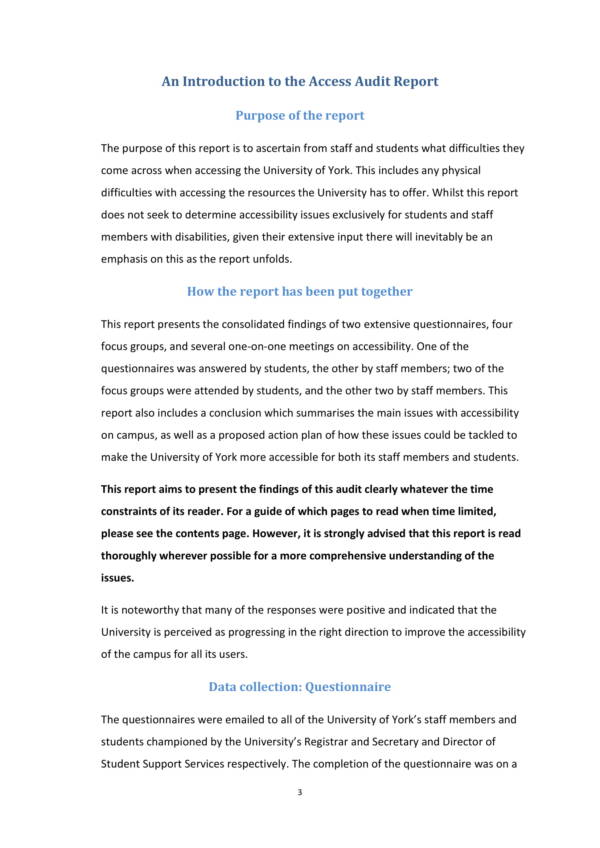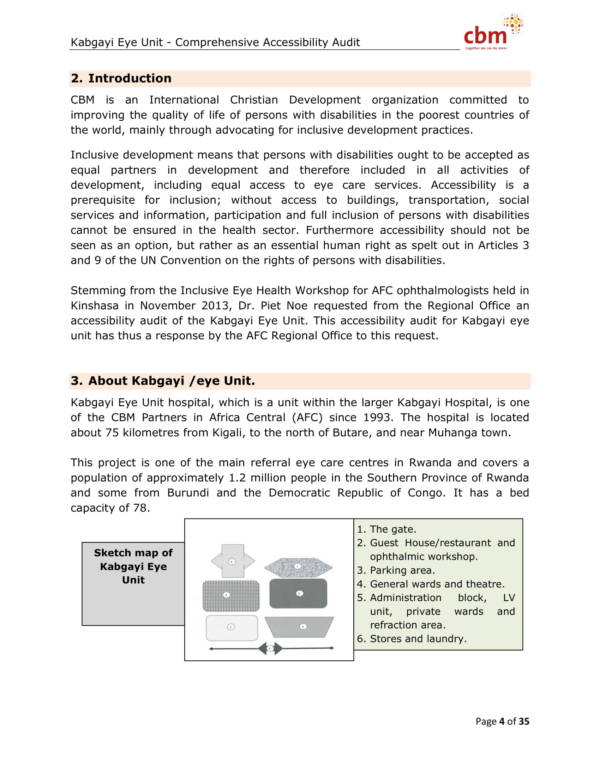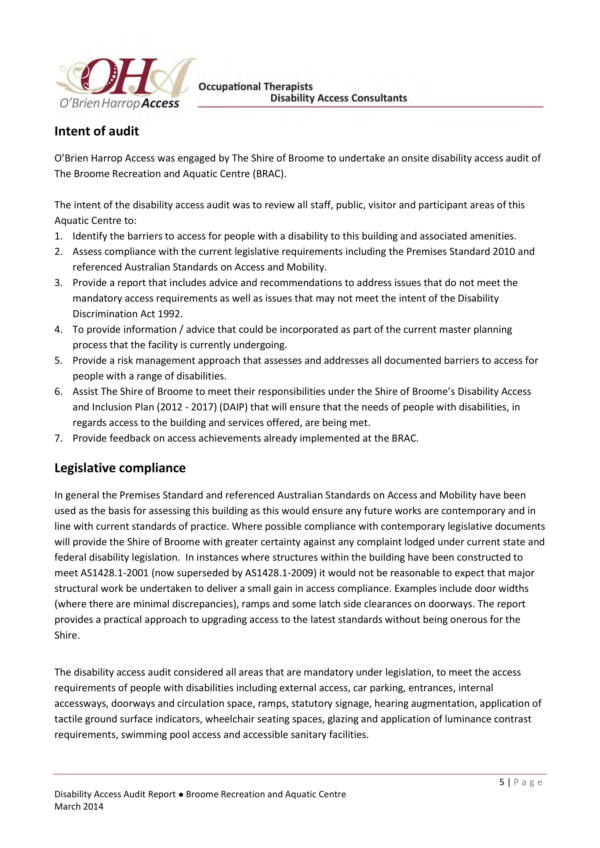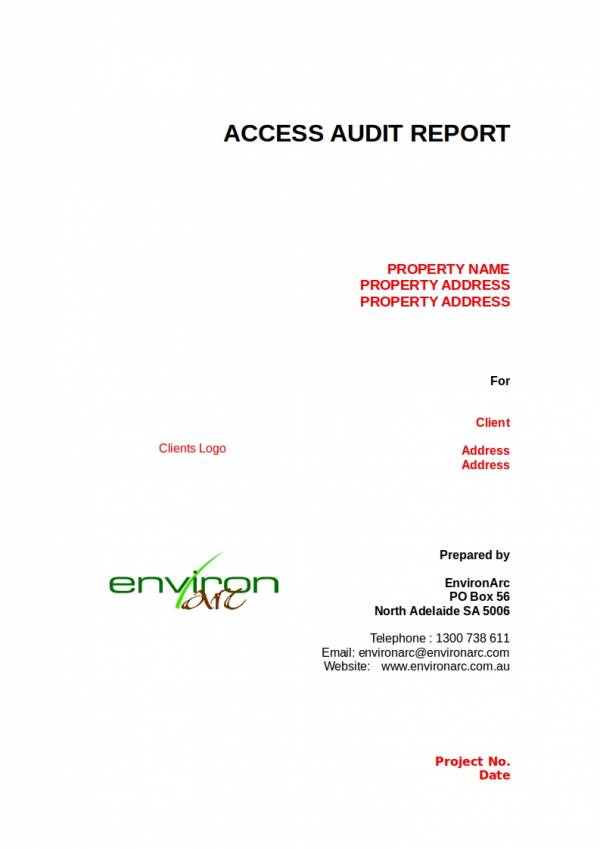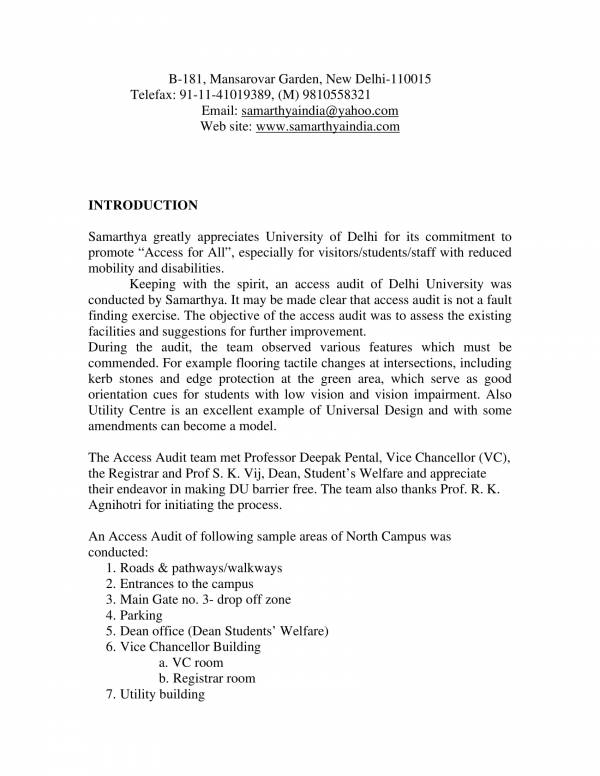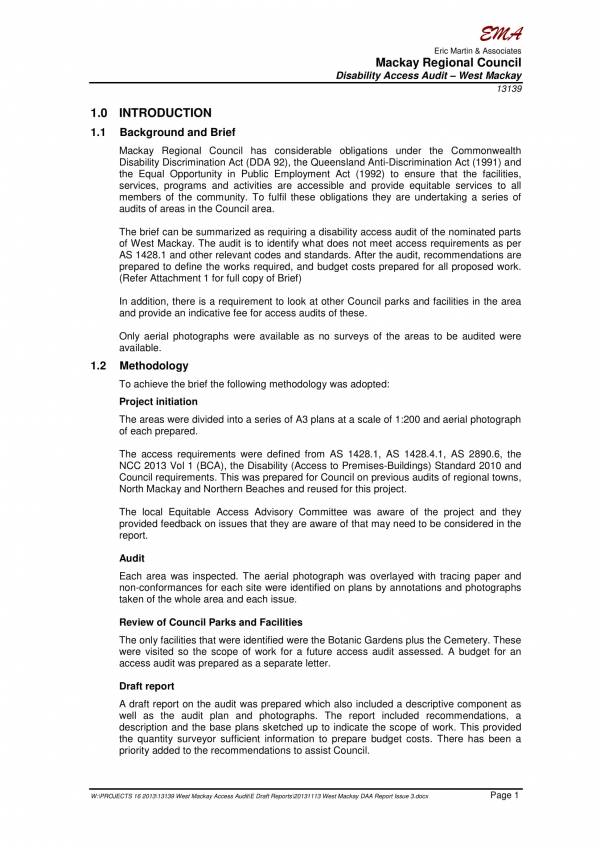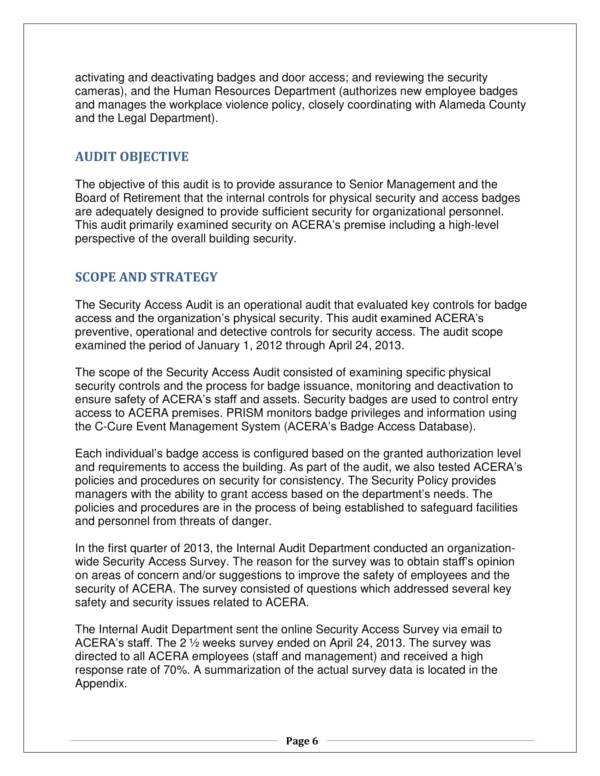An audit is a process where the accounts of an individual or company is being assessed or examined. It is conducted to check if the they have adhered to certain laws and regulations, either in finance, in environment safety, in hospitals, in laboratories, in private companies and many more.
An audit report is a document that is created specifically to record the findings, activities, criteria and outcome of an audit. There are as many different types of audit reports actual audit procedures. In this article, we will get to know what audits and audit reports are, specifically access audits and access audit reports. Useful samples and templates are provided to serve as your reference. Feel free to check them out below.
Access Audit Report Sample
Comprehensive Accessibility Audit Report
Disability Access Audit For Recreation and Aquatic Center
Editable Access Audit Report
Access Audit Report of Election Polling Stations
What Is an Access Audit?
An access audit is an assessment or inspection done to a building or facility to ensure that the place is built or designed in a way that is accessible to all kinds potential users. The aim of having an audit conducted specifically for checking the access areas of a building or facility is to ensure the the whole building has an easy access environment that allows people with physical and sensory disabilities to easily go in and out of the facility without any incident. It is also done to assess if access to a building or facility is safe for anyone who uses it and that areas for emergency evacuations are available and strategically positioned.
Access audits are known to support the Equality Act and the Disability Discrimination Act, although it is not intentionally created for that purpose. In general, both acts protect the rights of every individual against all types of discrimination and unfair treatment. Aside form supporting the two acts mentioned, access audits are also used in the following:
- It helps in preparing for the approval of a building’s regulations, including its funding applications and permission for its planning.
- Any claims of discrimination that the building or facility is likely to be reduced.
- It can help in identifying potential difficulties that the building or facility may encounter.
- It can help identify possible and reasonable changes to be made to the building or to the facility.
- Proposed changes to the building or to the facility is can be justified.
- It can help in the development of an access plan or an access strategy that will be useful and will benefit the occupants of the building or facility.
- Recommendations for minor and major works can be made, as well as in training, changes in the organization and adaptation to the said changes.
You may also be interested in other audit related articles with samples and templates, like Laboratory Audit Report Samples & Templates, Stock Audit Report Samples & Templates, and Brand Audit Report Template.
Equality Act and the Disability Discrimination Act
In the United States, the Equality Act is still a bill waiting to be passed to amend the Civil Rights Act of 1964. This amendment will ban discrimination based on sex, gender identity, sexual orientation and marital status in certain areas such as in education, housing, public accommodations, jury system, federal funding and employment. The Equality Act of 2010 is an Act of Parliament in the United Kingdom that protects people from harassment, direct discrimination and indirect discrimination based on age, gender, marital status, disability, race and many more.
The Disability Discrimination Act is an act intended to protect people with disabilities of all forms, which includes those who are partially sighted and blind. This law comes in different names in different countries. In the United States, this act is known as Americans with Disabilities Act of 1990 and in Canada it is known as Ontarians with Disabilities Act and the Accessibility for Manitobans Act. In the United Kingdom, the Disability Discrimination Act has been repealed and replaced by the with the Equality Act of 2010, except in Northern Ireland where it is still applied.
What Are the Two Main Types of Audit?
The two main types of audit is the internal audit and the external audit. How are both types of audit distinguished from the other? Here, we will define each type of audit, their uses and why they are important.
Internal Audit
Internal audits are conducted by the an internal auditors who work for the company and the management. They are employees of the company tasked to do regular auditing practices to point out problems with processes and other related areas. Internal auditors are responsible to the management who hired them, so they follow what the directives of the management under which they belong. Because of this, the management can freely limit the scope of the audit that internal auditors can do and this is the biggest disadvantage of an internal audit.
External Audit
External auditors on the other hand are voted by the shareholders of the company to do audit a particular or all of the aspects of the company. External auditors are from third firms or independent auditors offering auditing services. They report to the shareholders of the company, thus their actions and auditing tasks cannot be limited by the management. They are free to do what they are tasked to do in an unbiased and uninfluenced manner. External audit reports are more reliable and are preferred by a lot of business and investors because they can guarantee that it will provide them with honest and reliable information.
Internal auditors and external auditors follow the same processes in auditing, but their audit reports will greatly vary due to a number of factors. Perhaps, the number factor has to do with who hired them and who they report to. Not all would have the guts to defy the directives of the entity who hired them. Other related articles you may be interested in are Financial Audit Report Samples & Templates, Tax Audit Report Samples & Templates, and Private Company Audit Report Samples & Templates.
What Is an Audit Trail?
An audit trail is a set of record of all the accounting related transactions that a company has taken part of over a specific period of time. It can be a manual or handwritten record, it could be digitalized with a software or system doing all the recording. The records in the audit trail are arranged in chronological order, which includes details such as financial transactions, scientific research, health care data transactions, system accounts, changes in records, details of specific operations or procedures, and events.
An audit trail is also known as an audit log. An audit trail may come in a form of a document, computer files and other forms of records. During an audit, an audit trail is examined to determine how companies handle different transactions. Through this set of records, the source documents of financial data from the general ledger. Having a reliable audit trail indicates that the company has solid internal controls, while an internal trail with missing documents may indicate that the said company is not adhering to the correct accounting processes.
Some audit related articles that you may find useful are Data Audit Report Samples & Templates, External Audit Report Samples & Template, and Management Audit Report Samples. They come with samples and templates that you may view and download for free!
Access Audit Report of Village Hall
University Access Audit Report Sample
Sample Disability Access Audit Report
Security Access Audit Report Sample
How to Write an Audit Report
An audit report is a formal type of report where an auditor expresses their formal opinion about their audit assessment. You will know to know a couple of things before you get to write an audit report. This is to help you easily follow the instructions on how to write one and so that you will also be able to write a meaningful audit report. The steps and instructions you need to write an audit report are provided below.
- Learn about the different types of audit. This is one of the things that you need to know of before you actually start writing an audit report. This will help you determine the type of audit report you will be working on and follow the specific policies and guidelines set for it.
- Know and understand the basic goals of the different types of audit reports. Before actually setting what you think are the right goals and objectives for your audit report, learn first what that type of audit is aimed at and what its goals and objectives are supposed to be.
- Study the different audit opinions. Audit opinions or audit results tell us of the outcome of the audit, whether it is satisfactory or not. There are three main types of audit opinions and they are, unmodified audit opinion, modified audit opinion and multiple audit opinion.
- Determine the entities who will read the report. Doing so will help you in choosing the right words to use and the right language to use in your report. If you know who will be reading the report, you can assess their scope of knowledge on the language you will be using. Also make sure that you provide a definition of terms on your report that will define critical and technical words.
- Know the guidelines and format required for the audit report. Every company or organization require a specific format to use in writing an audit report to ensure uniformity and that all the information they need are included.
- Create an outline for your audit report. The outline will help you easily arrange your contents and so that all of the parts of the report are included.
- Write the contents of the components of your audit report. This includes the introduction, the purpose and scope methodology, statement on auditing standards, the executive summary, and the results and recommendations.
- Proofread your work. Avoid any forms of errors including grammar and spelling errors. This will make your work more professional and reliable.
You may also check out other related titles on our website, like Forensic Audit Report Samples & Templates, HR Audit Report Templates, and Daily Audit Report Samples & Templates.
Related Posts
8+ Sample Risk Assessment Reports Sample Templates
10+ Tax Audit Report Samples & Templates – PDF, Word Sample ...
10+ Environmental Audit Report Samples & Templates – PDF, Word ...
9+ Stock Audit Report Samples & Templates – PDF, Word Sample ...
40+ Report Format Samples Sample Templates
18+ Sample Inventory Reports Sample Templates
8+ Sample Audit Plan Templates – Word, PDF Sample Templates
45+ Sample Reports Sample Templates
9+ Committee Report Templates Sample Templates
7+ Sample Financial Reports Sample Templates
7 Audit Program Samples & Templates Sample Templates
11+ Sample Company Reports Sample Templates
8+ Sample Technical Reports – PDF, Word Sample Templates
7+ Sample Forensic Report Templates – DOC, PDF Sample ...
9+ Sample Inventory Reports Sample Templates

